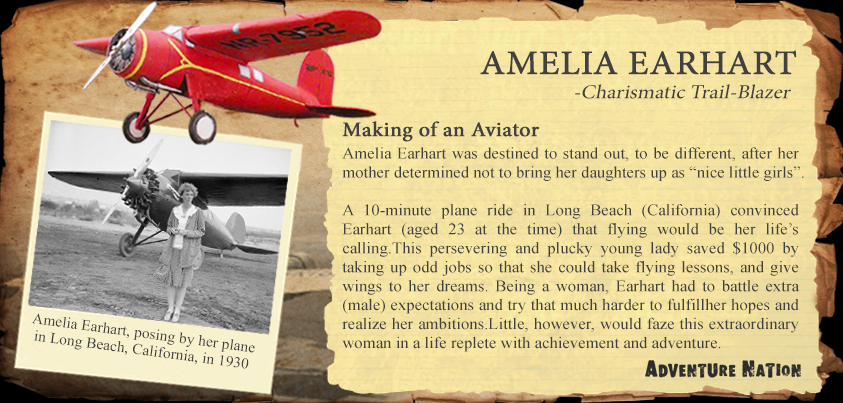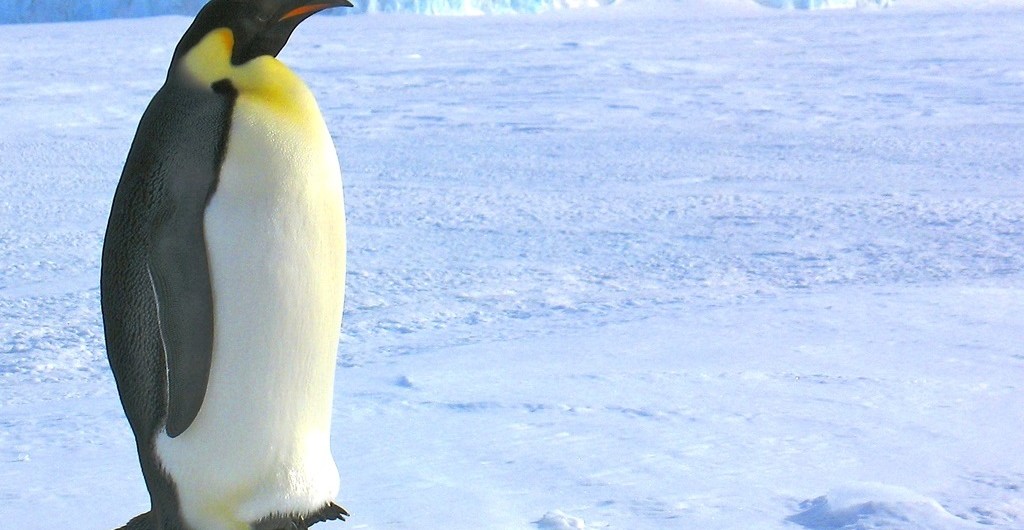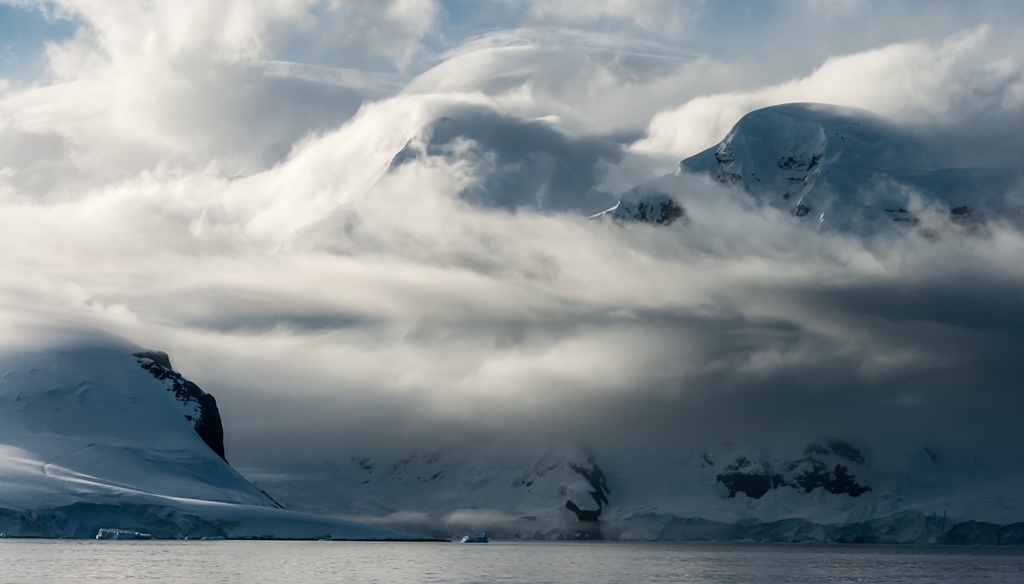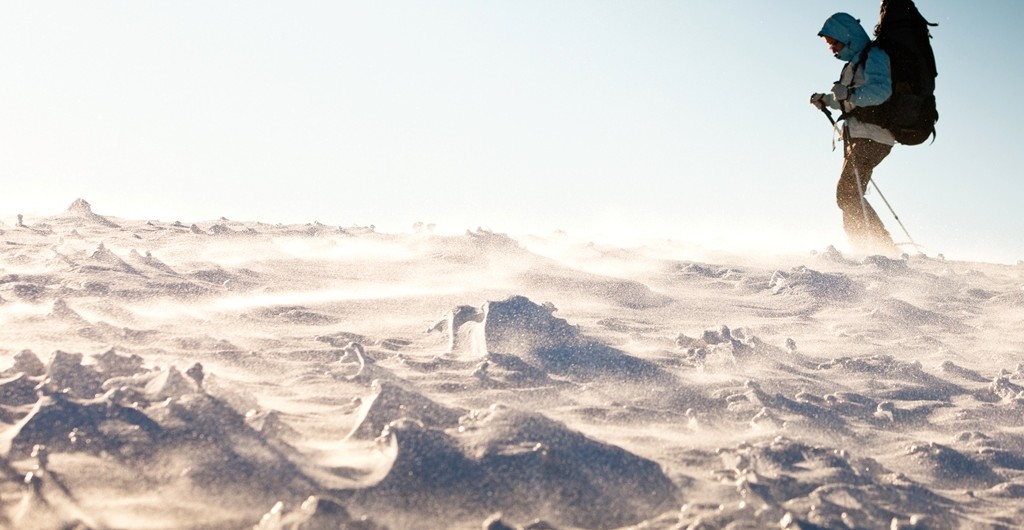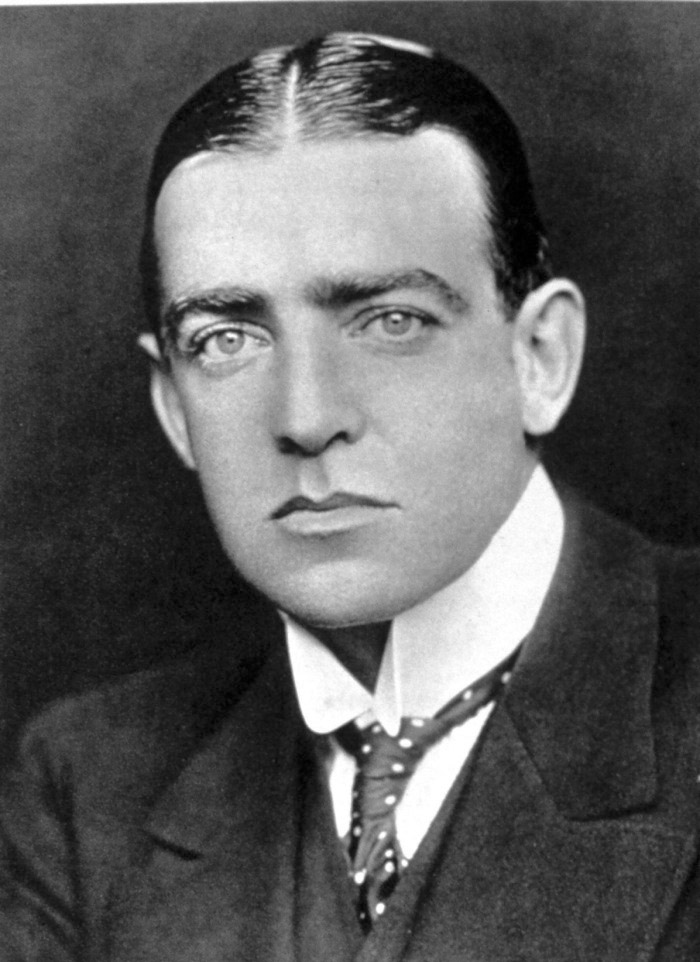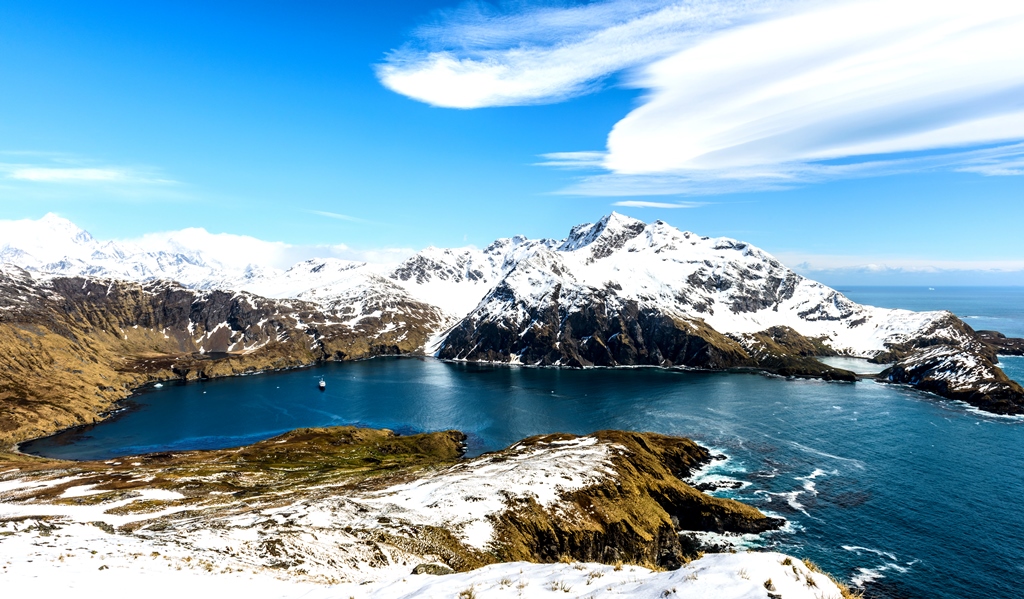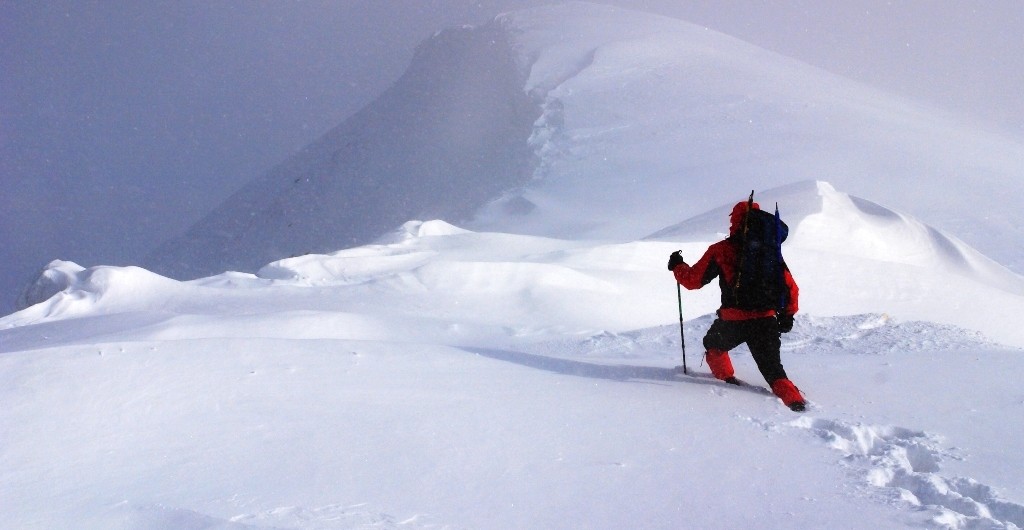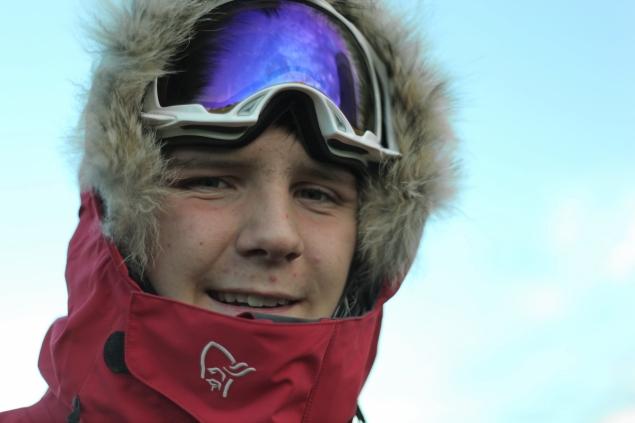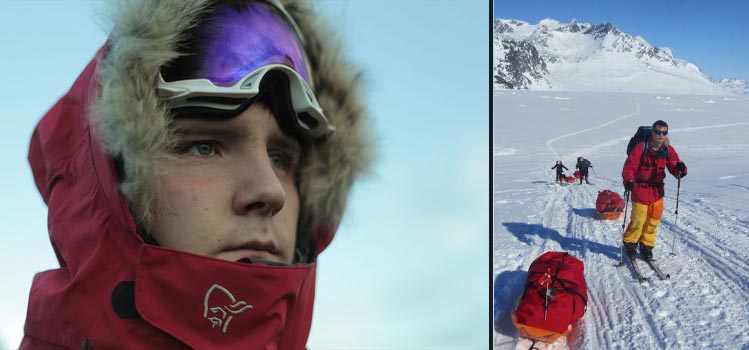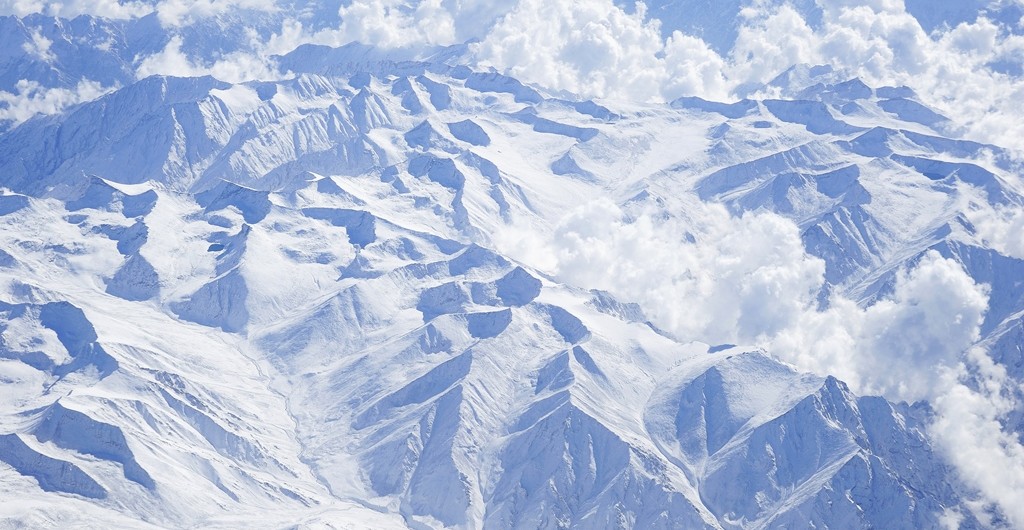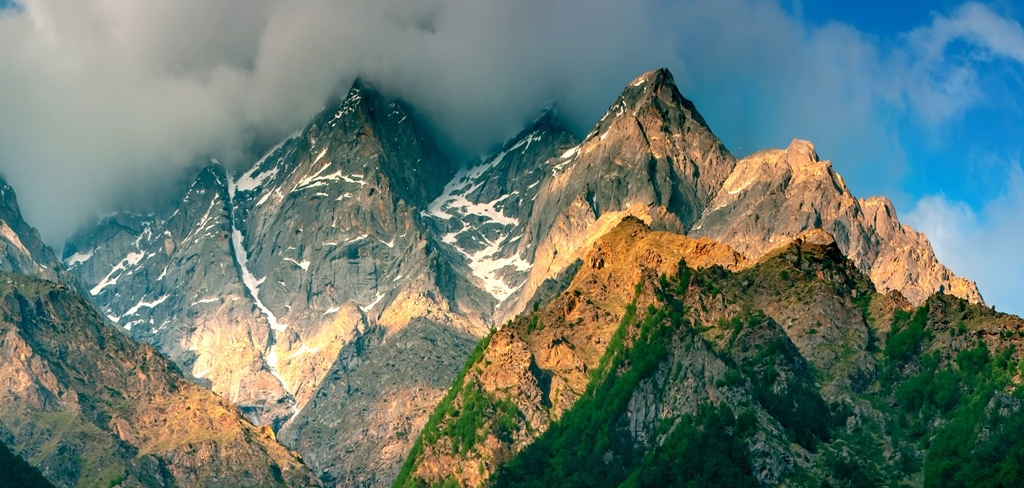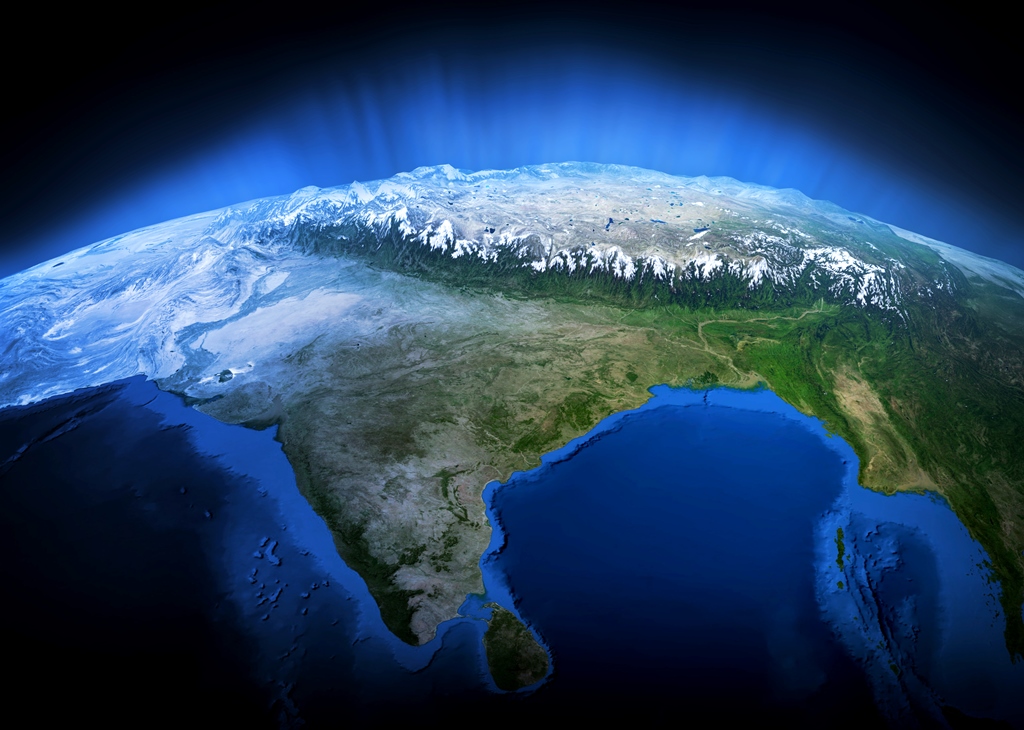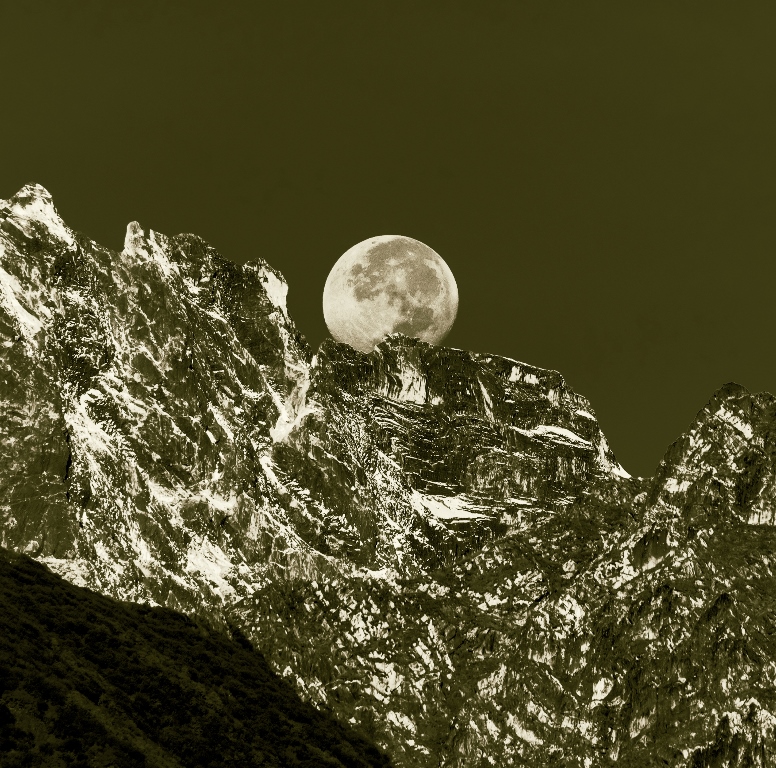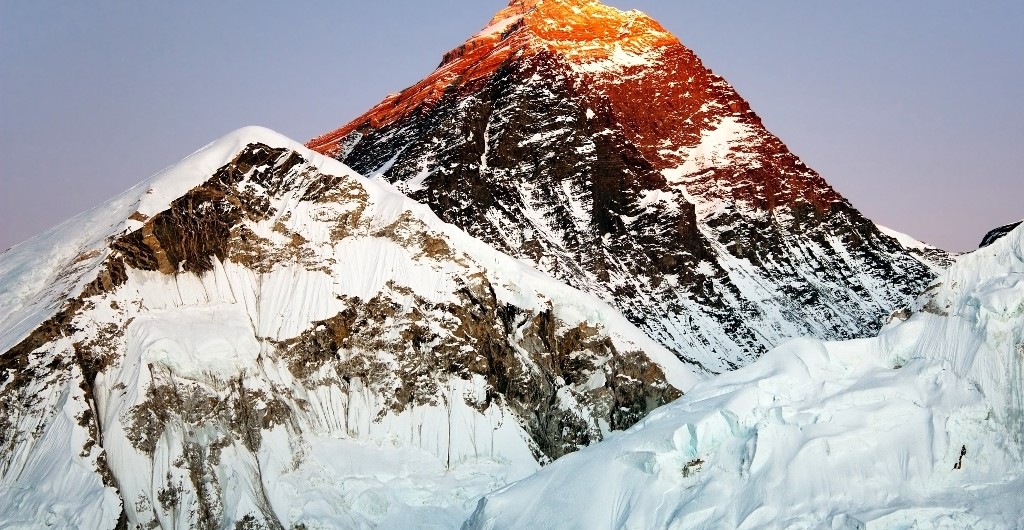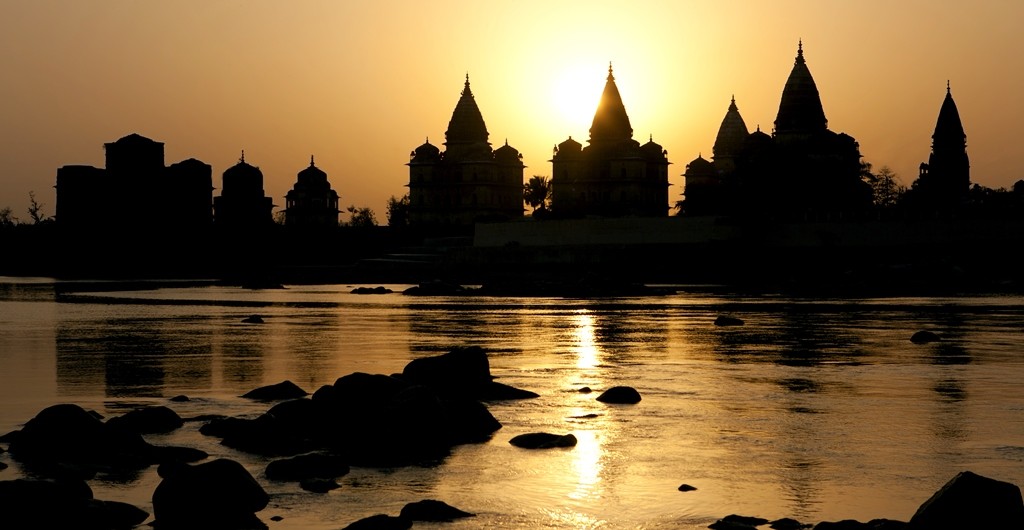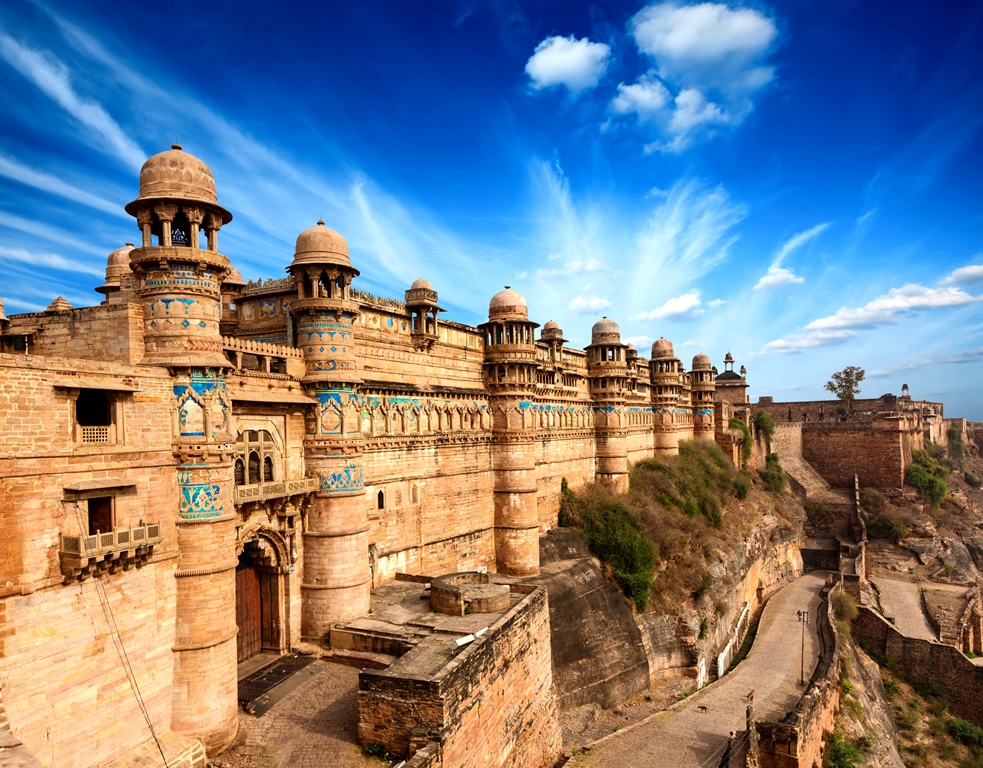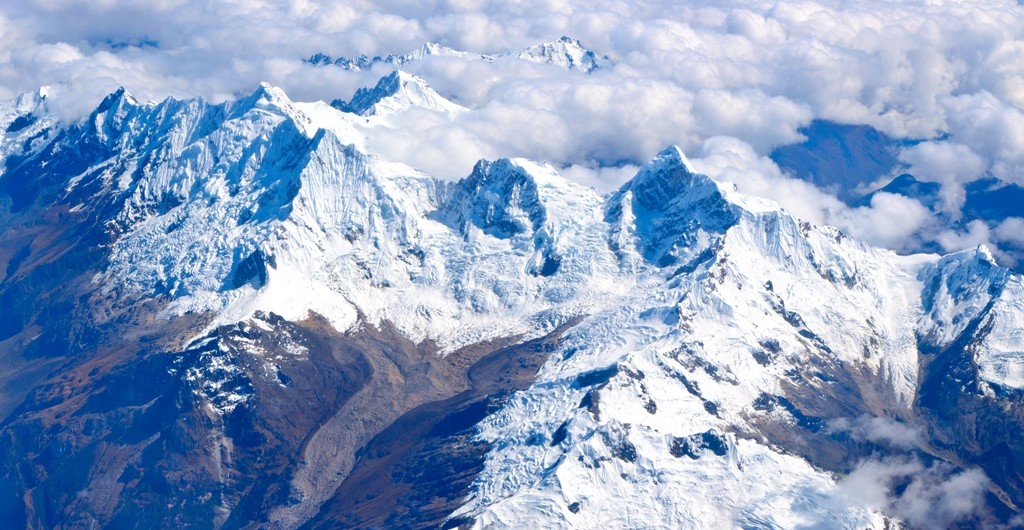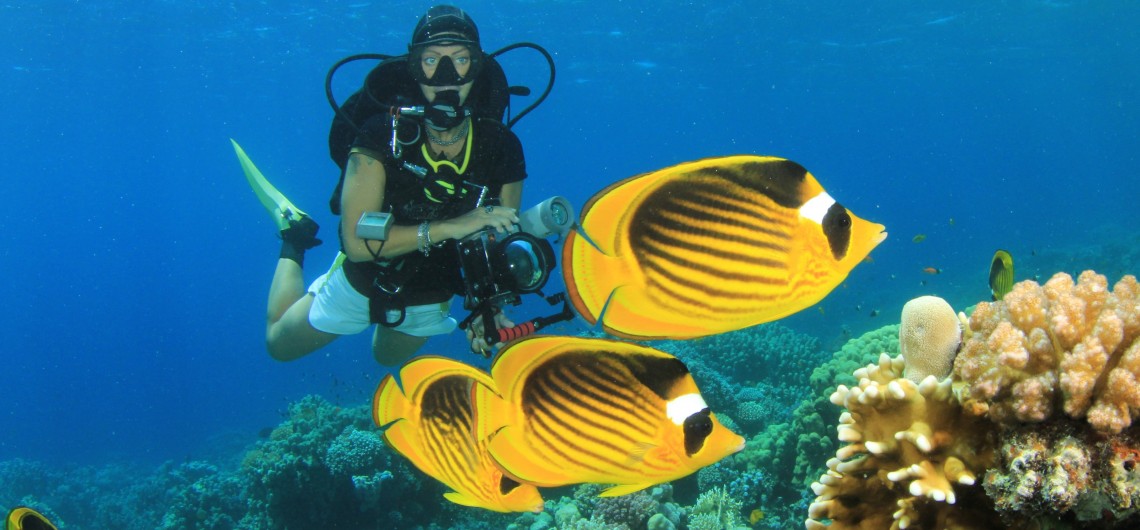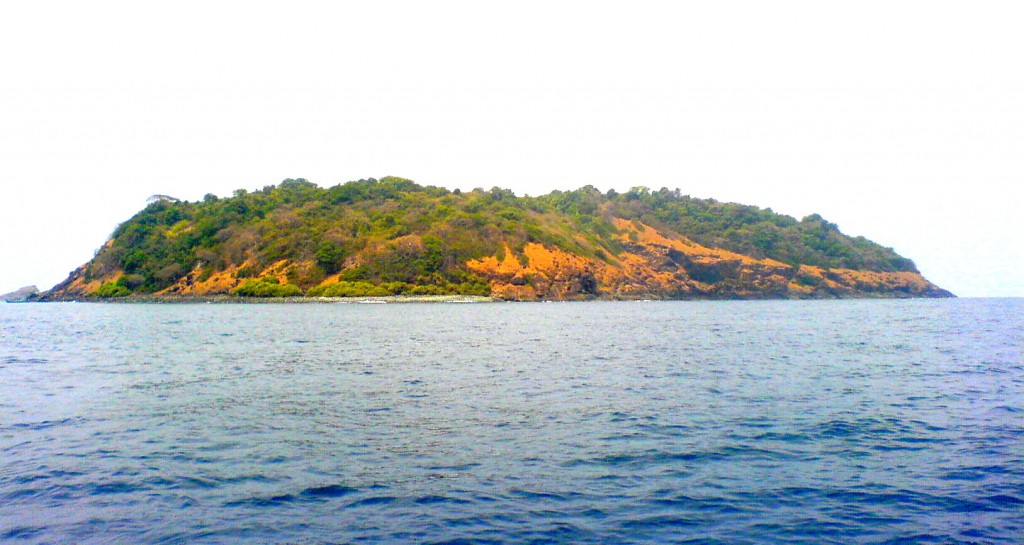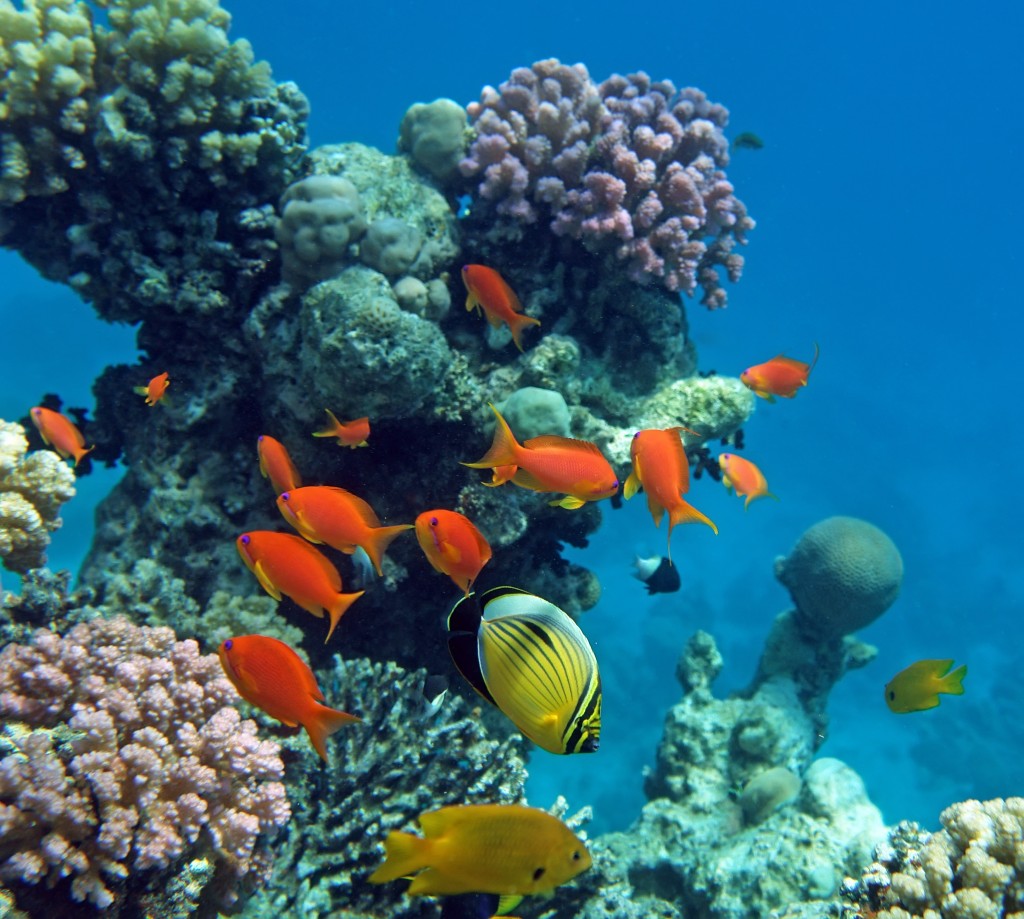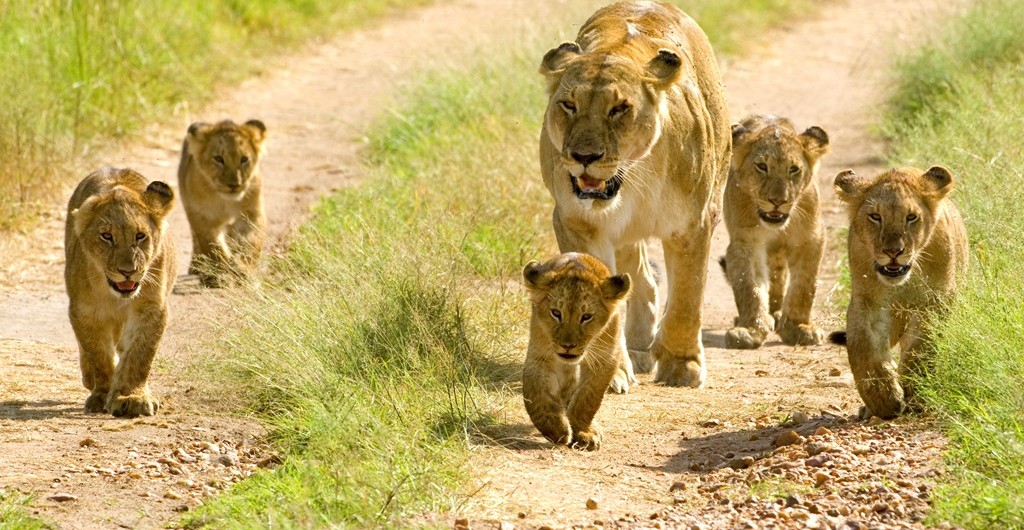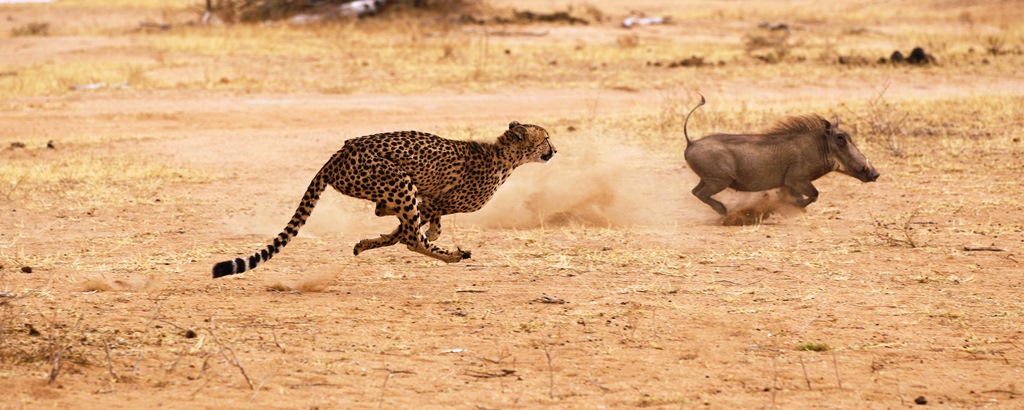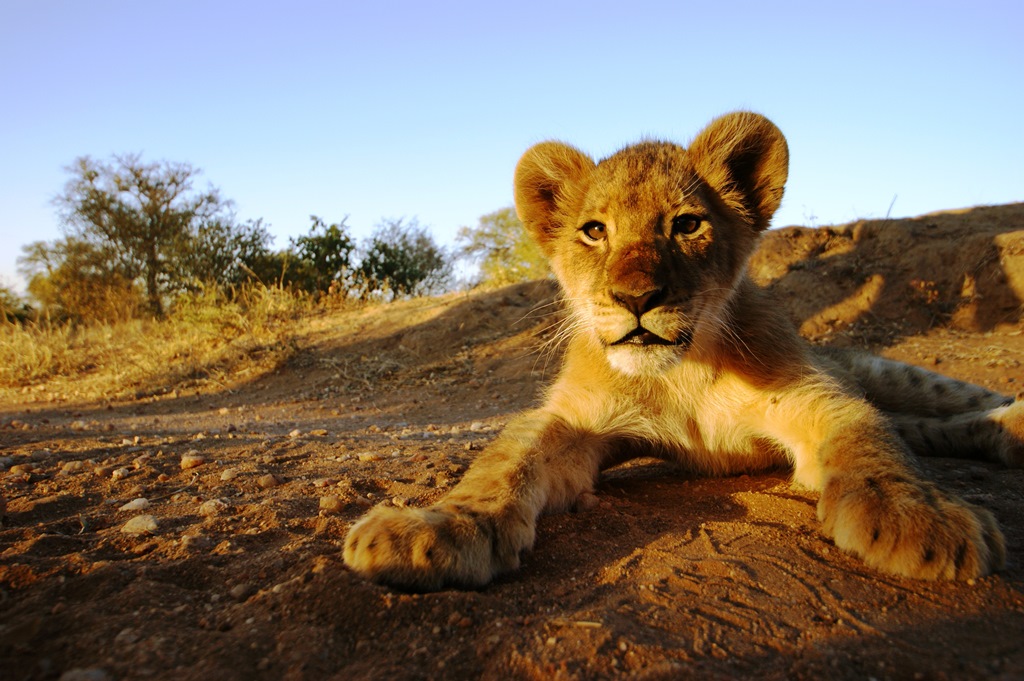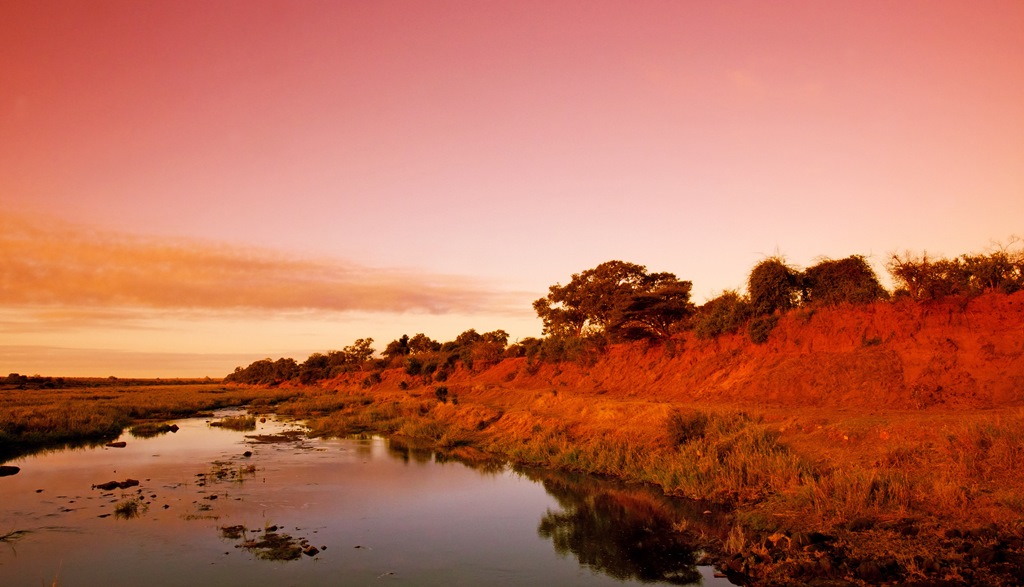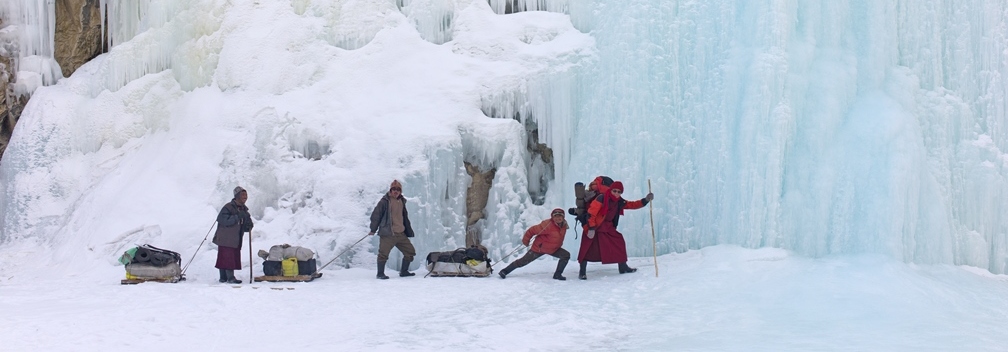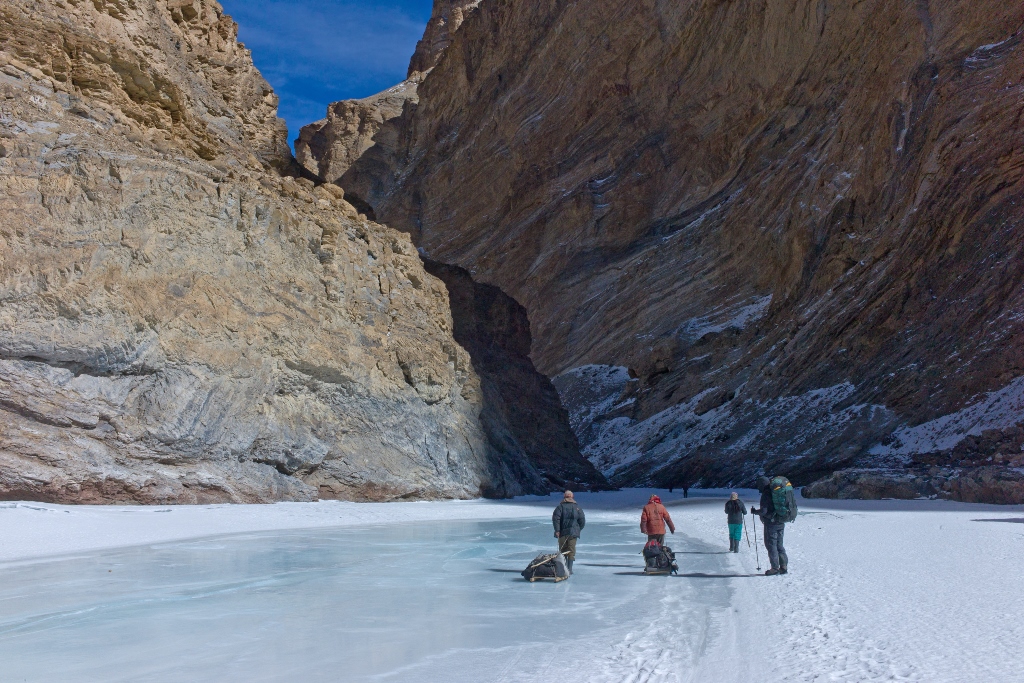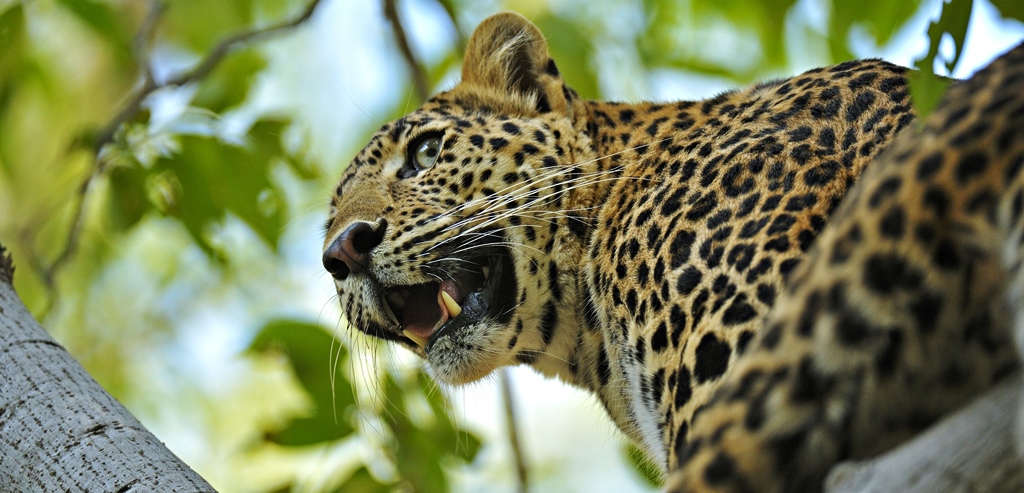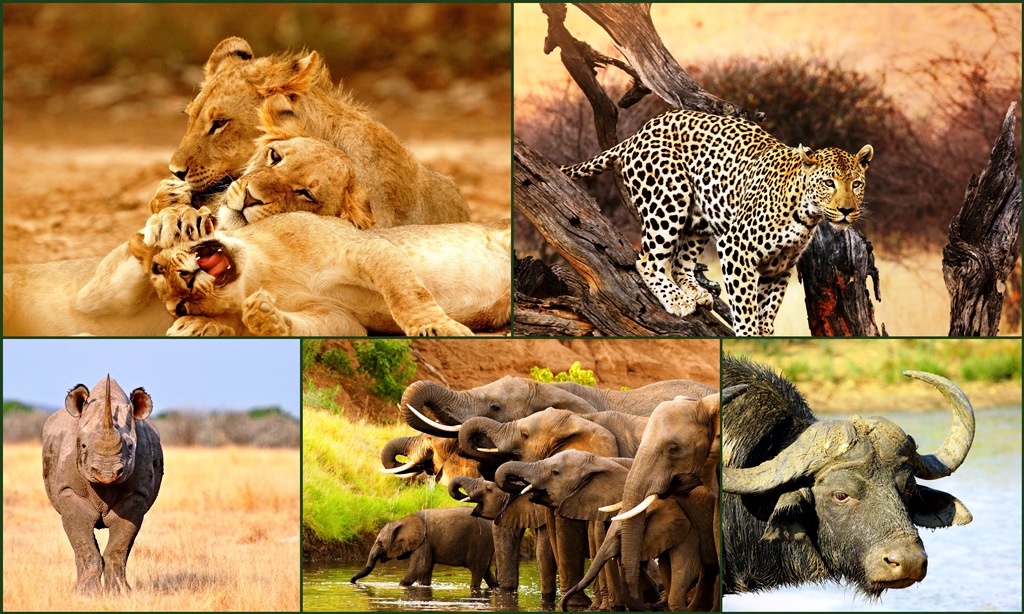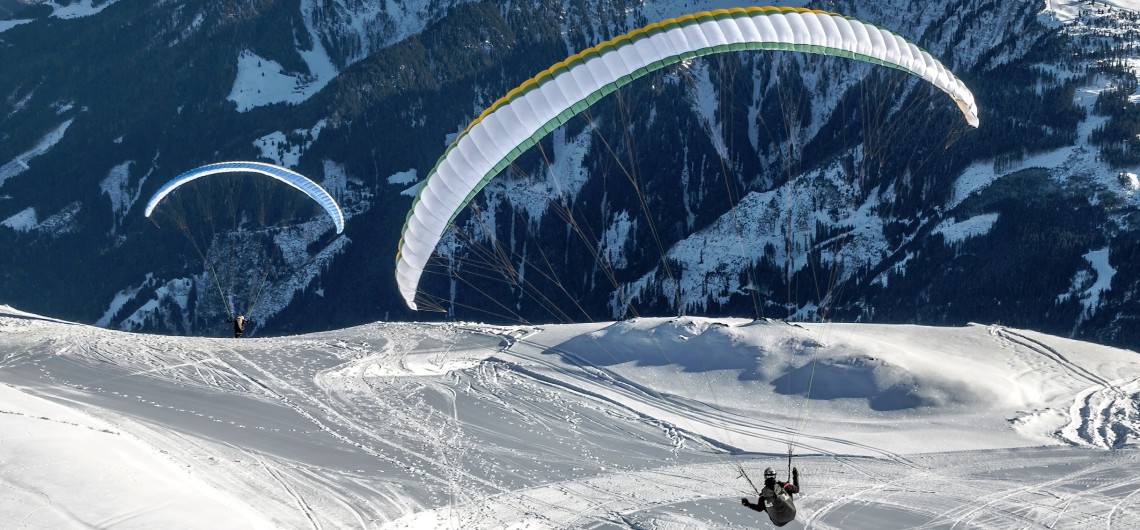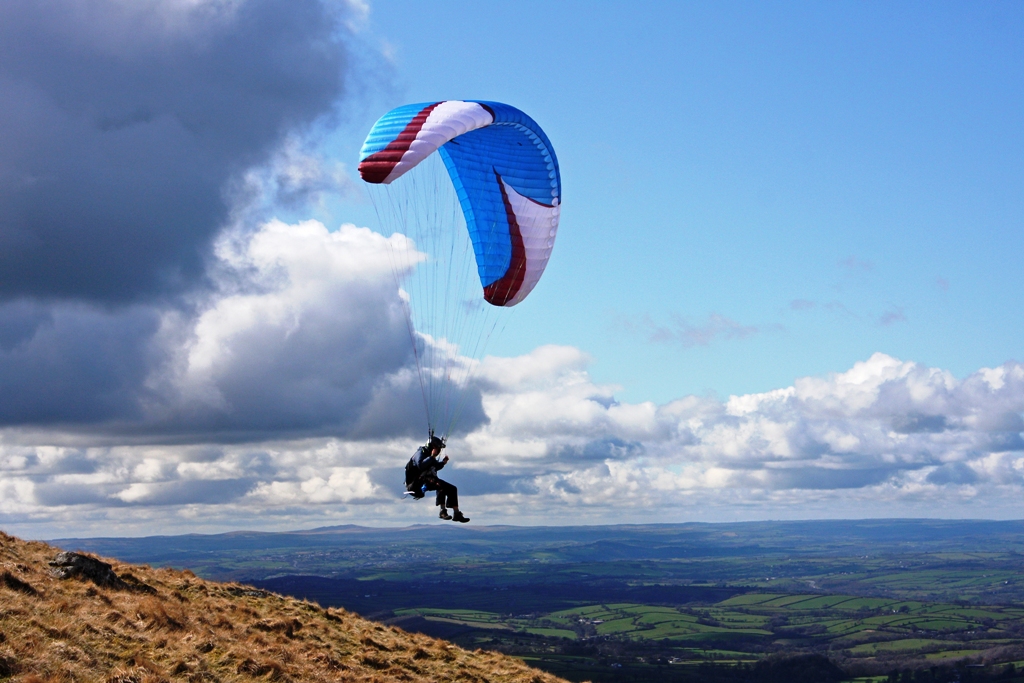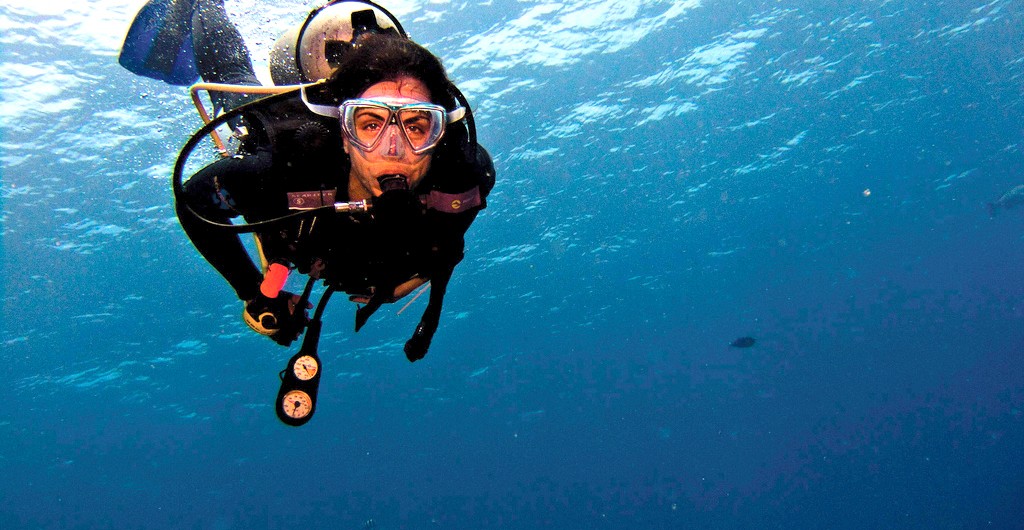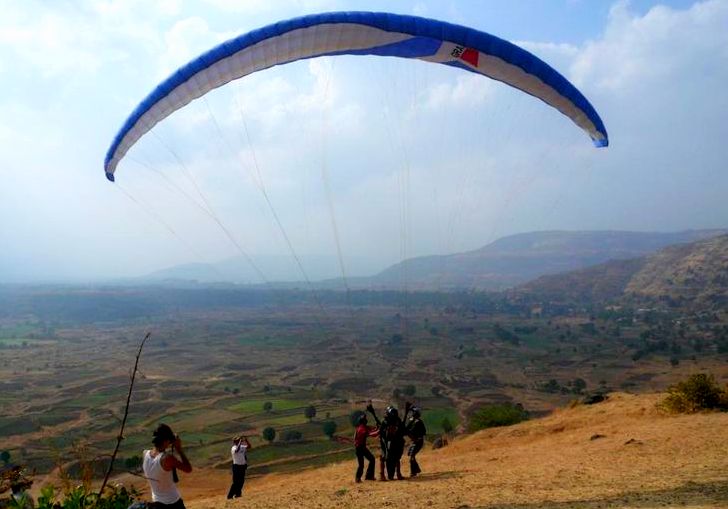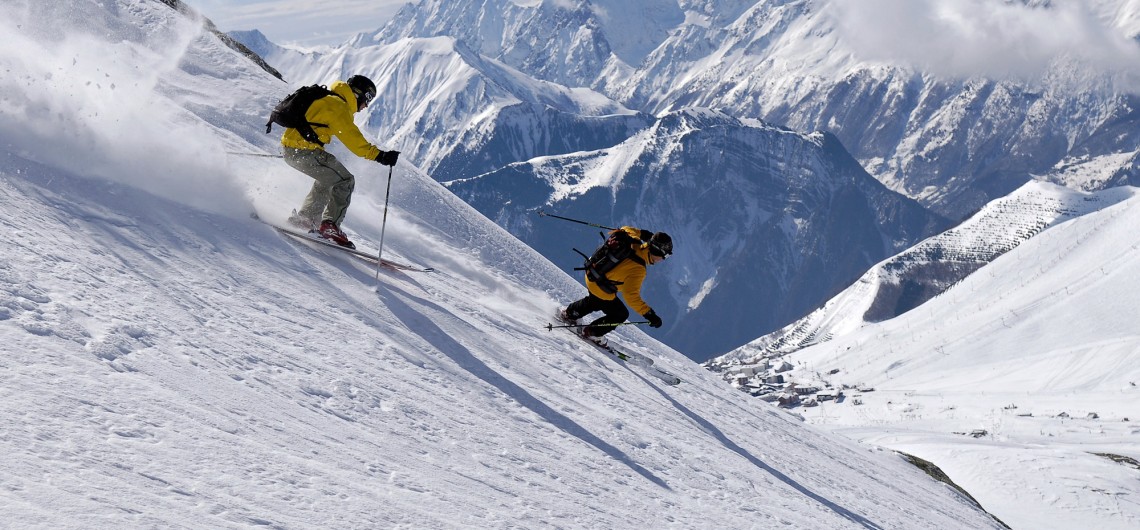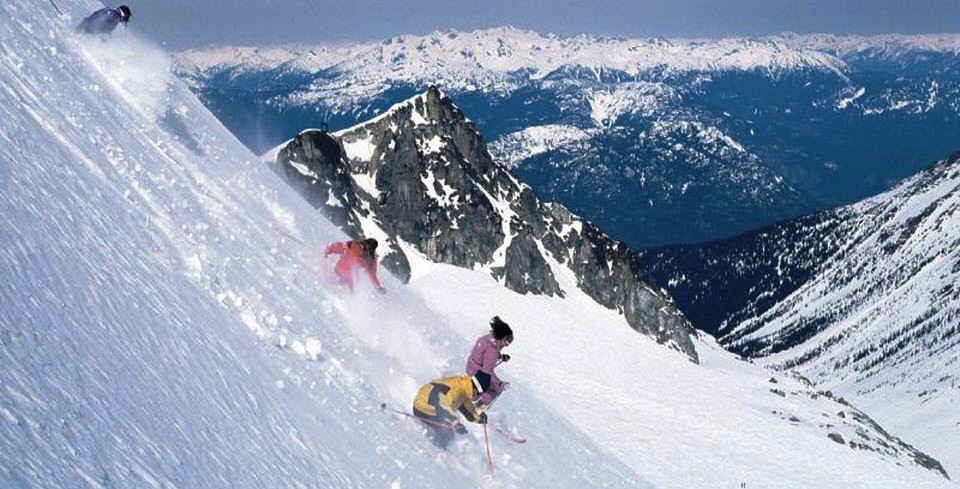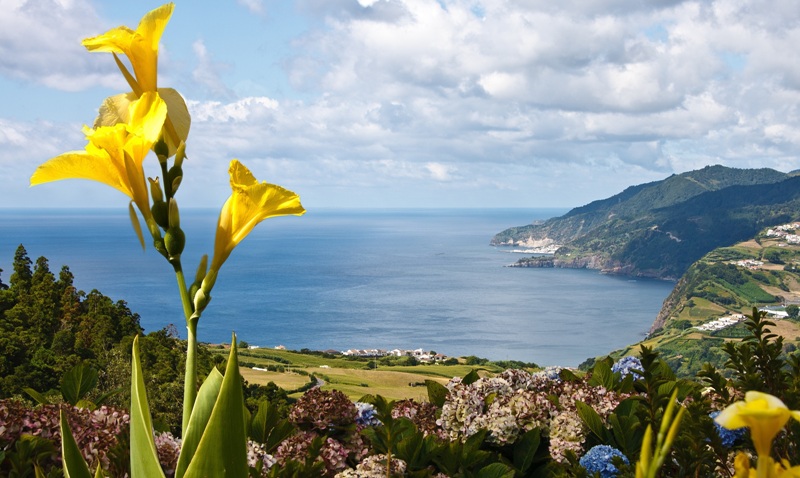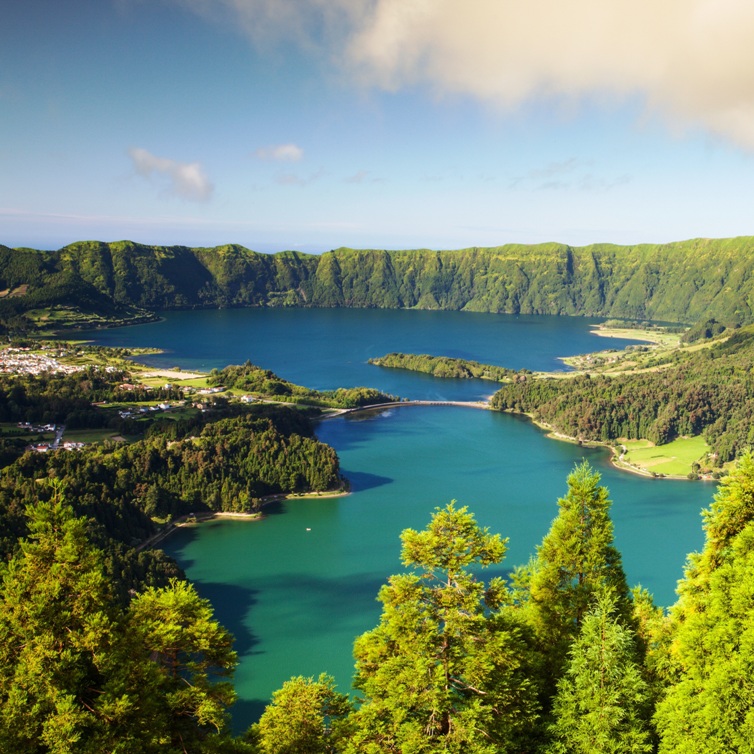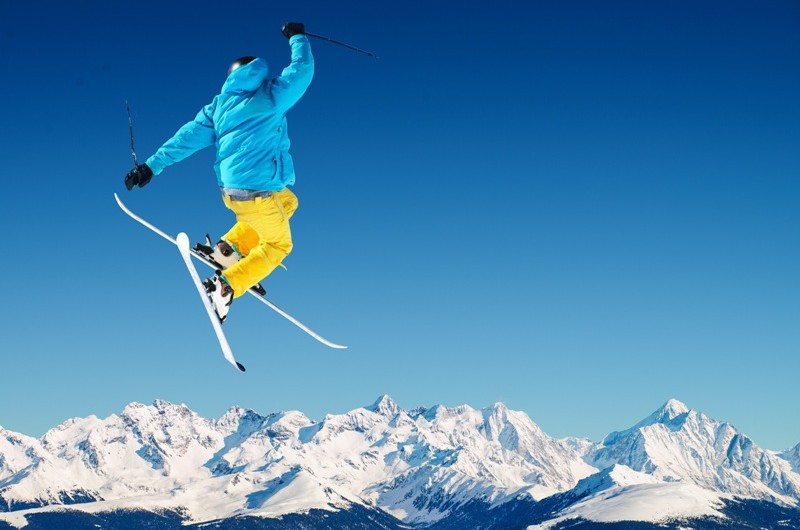AMELIA EARHART – Charismatic Trail-Blazer
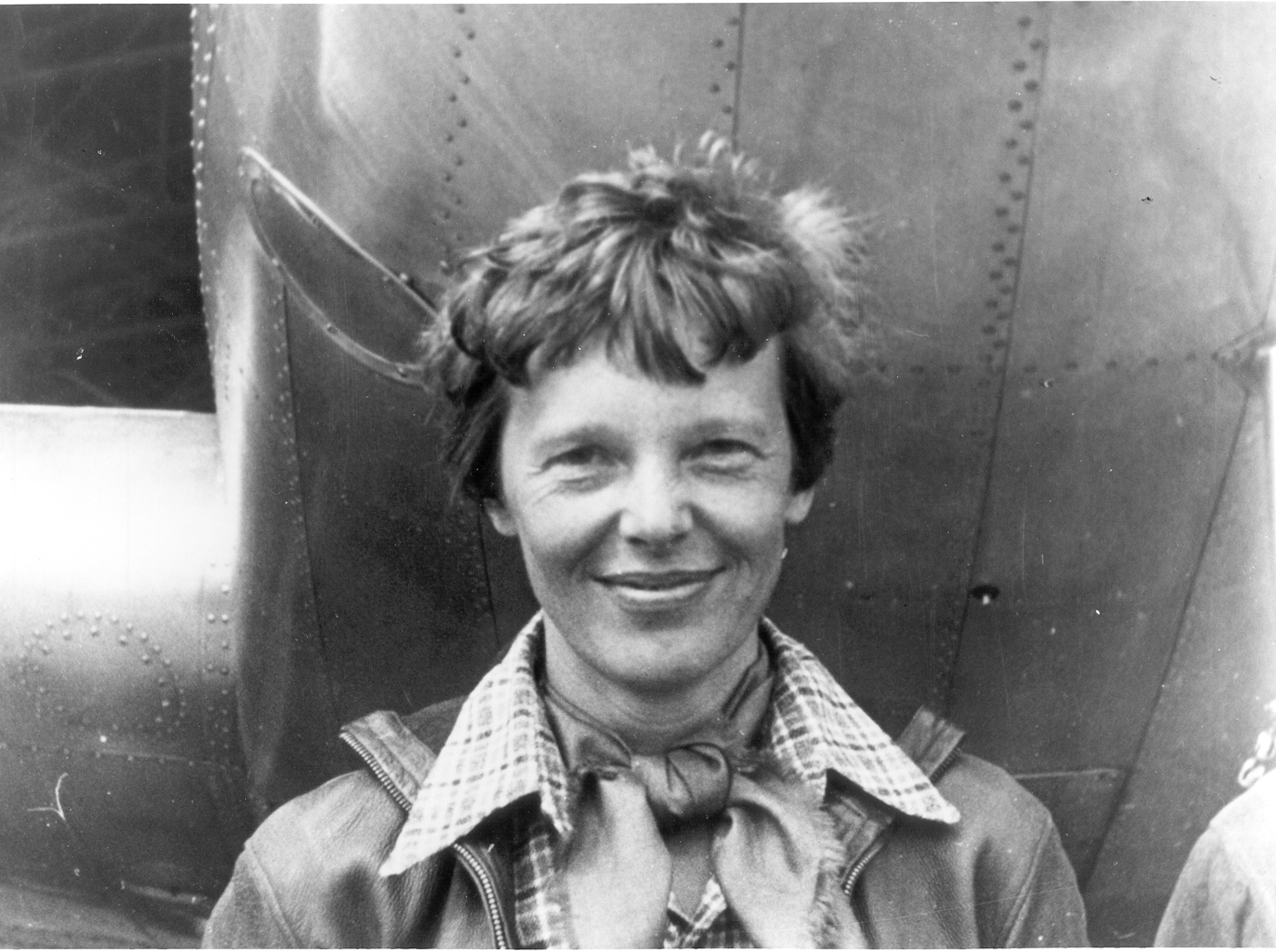
Image Credits: quitecontinental.net
1. Queen of the Air
Amelia Earhart’s pioneering efforts in aviation brought her international respect and fame – and not just in her own lifetime.
On May 20, 1932, Earhart, 34, set off from Harbour Grace, Newfoundland (Canada), in a Lockheed Vega 5B. Some 14 hours and 56 minutes later, and tested to the hilt by challenges both meteorological and mechanical, Earhart touched down in a meadow in Culmore, a hamlet just north of Londonderry town, in Northern Ireland, to become the first woman to fly solo – and non-stop – across the Atlantic Ocean (earlier, in 1928, she had become the first woman to cross the Atlantic as a passenger).
2. Making of an Aviator
Amelia Earhart was destined to stand out, to be different, after her mother determined not to bring her daughters up as “nice little girls”.
A 10-minute plane ride in Long Beach (California) convinced Earhart (aged 23 at the time) that flying would be her life’s calling. This persevering and plucky young lady saved $1000 by taking up odd jobs so that she could take flying lessons, and give wings to her dreams. Being a woman, Earhart had to battle extra (male) expectations and try that much harder to fulfill her hopes and realize her ambitions. Little, however, would faze this extraordinary woman in a life replete with achievement and adventure.
3. Appetite for Altitude
In 1922, aged 25, Amelia Earhart bought a resplendently yellow Kinner Airster – a two-seat single-engine biplane made in the USA – which she called “The Canary”.
A few months after buying “The Canary”, Earhart would take the plane to an altitude of 14,000 feet (4300m), creating a new mark for a female aviator. She would proceed to fly even higher in 1931, piloting a Pitcairn PCA-2 Autogiro to 18,415 feet (5613m). A couple of months before her 26th birthday, Earhart received her pilot’s license from the Fédération Aéronautique Internationale (the 16th woman to be issued one) – she was on her way to adventure celebrityhood.

